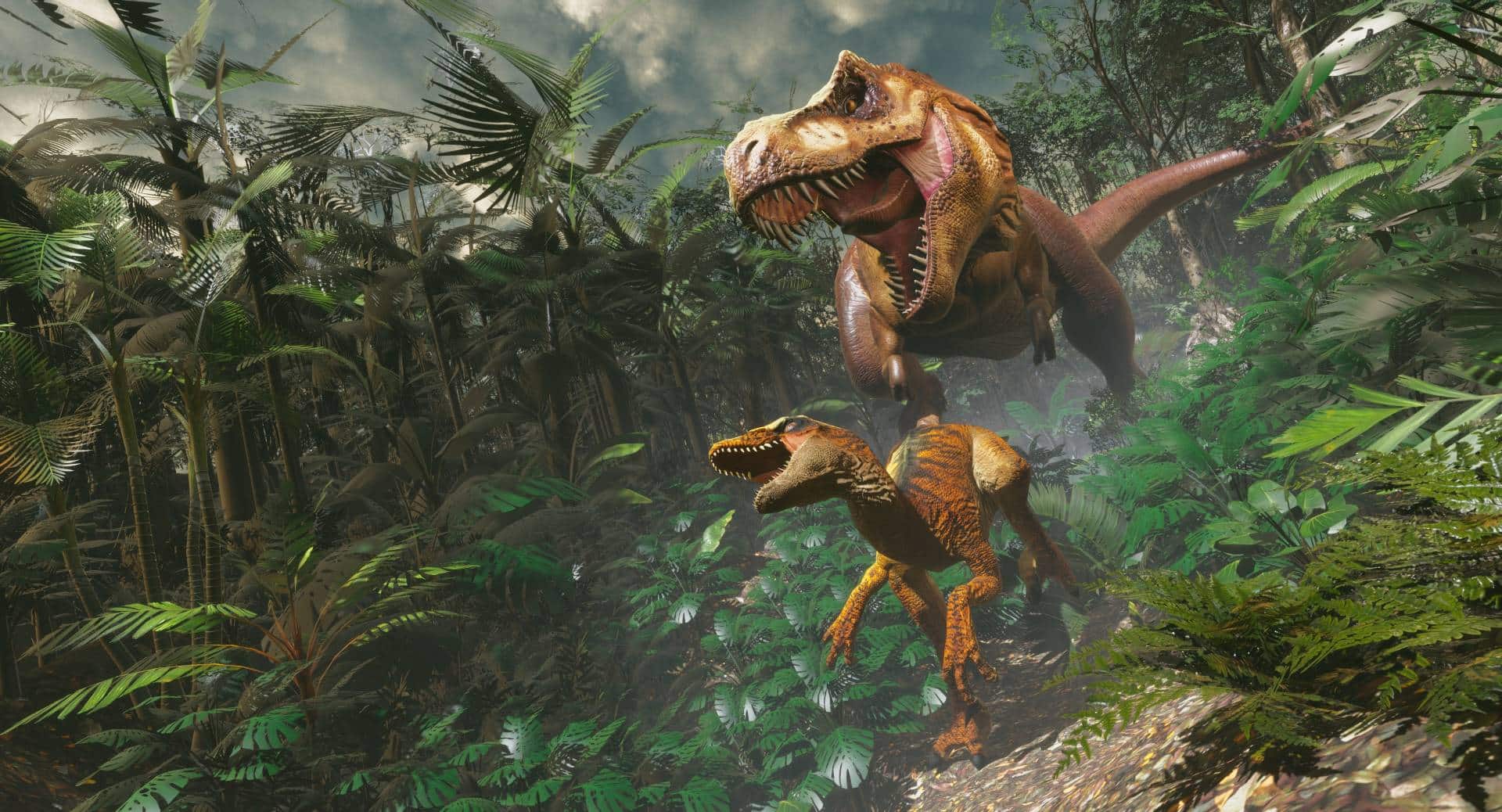The world of dinosaurs has always been a captivating topic amongst people, whether it’s children discovering the creatures for the first time or experts delving into the mechanics of extinct species. Those who are fascinated by the changes of life on Earth and the ancient landscape that once dominated our planet can now experience it all through the exciting world of paleontology. Much like an interactive science museum exhibit transported to your home, paleontology is a game that allows players to explore the realistic remains of prehistoric creatures and uncover the mysteries of their fossilized past. With stunning graphics and interactive educational content, this game immerses players in the world of dinosaurs and allows them to flex their archaeological muscles as they excavate, analyze, and even attempt to rebuild these incredible creatures. Join us as we explore the fascinating world of paleontology and discover how you too can become a virtual archaeologist, uncovering secrets that have been buried for millions of years.
1. Unearthing the Past: A Beginner’s Guide to Paleontology
If you’re a lover of science and history, then paleontology is one of the fields that can fascinate you. Paleontology is the study of prehistoric life through fossils, and it’s a field that can reveal a lot about our planet’s past. If you’re new to the subject, here’s a beginner’s guide to help you unearth the past and start your journey into paleontology.
1. Start with a basic understanding of biology and geology. Because paleontology studies prehistoric life, it’s essential to have some knowledge of biology and geology, two of its main branches. Understanding how organisms function can help you decipher how they lived, evolved, and disappeared. Geology can help you understand the rock formations, and relationships between them and how that affects the preservation of fossils.
- 2. Learn the different types of fossils. There are many ways in which fossils can form. Understanding the different types of fossils can help you to recognize them in the field. Some common fossils include impressions (such as footprints), molds and casts, and petrified fossils, which are the most well-known.
- 3. Choose your area of interest. Paleontology is a vast field, and there’s a lot to learn. However, choosing an area of interest can help you focus and make it easier to learn. Some areas to consider include dinosaurs, marine life, or prehistoric plants.
Learning paleontology is a journey that can take you from ancient times to the present day. With these tips, you’re on your way to a lifetime of discovery!
2. The Fascinating World of Fossils: Discovering Ancient Life Forms
Fossils are remains of once-living organisms that lived on this planet millions of years ago. These skeletal remains, traces or impressions of ancient organisms provide insights into the evolutionary history of life. Studying fossils can help us understand how organisms were shaped and adapted to their environments over time. This fascinating field of study is known as paleontology.
The ancient life forms captured in fossils vary hugely from tiny bacteria to massive dinosaurs. Fossils have the potential to reveal the secrets of the past and help us understand the diversity of life that existed on earth. From early bacteria and algae to complex mammals, fossils give us clues about the progression of life forms on earth. With modern technology, scientists are able to decipher the genetic information present in fossil specimens, which further help to fill in gaps in our evolutionary puzzle. The study of fossils not only provides important historical information but also enriches our knowledge of living organisms and ecosystems.
3. From T-Rex to Trilobites: The Evolutionary Story of Life on Earth
Life on Earth has come a long way since its inception, with countless species rising and falling over a span of almost 4 billion years. Starting from single-celled organisms, the evolution of life has been a long and winding story full of interesting twists and turns. Here are a few key milestones in the evolutionary journey of life on Earth:
– The emergence of multi-cellular organisms.
– The arrival of plants and photosynthesis.
– The advent of animals, including the first invertebrates and fish.
– Emergence of amphibians and reptiles.
– Arrival of mammals and birds.
One of the most fascinating aspects of the evolutionary story of life on Earth is the rise and fall of different groups of animals from time to time. For example, the fearsome T-Rex roamed the earth for millions of years before going extinct, while the Trilobites, one of the earliest and most diverse groups of invertebrates, dominated the oceans for hundreds of millions of years before meeting a similar fate. These and many more tales of rise and fall are all a part of the rich biological history of our planet, and studying them can help us understand how life has evolved over time, and what the future may hold.
4. The Future of Paleontology: Advancements in Technology and Research
With the advancements in technology, paleontology has seen some significant changes over the years, and the future looks incredibly promising. Some of the most significant advancements in technology used in paleontology include:
- Cutting-Edge Imaging Techniques: High-resolution CT scans and microscopes have given researchers the ability to peer deep into fossils without causing any damage to them.
- Laser Scanners: These devices are used to create 3D digital models of fossils, allowing researchers to study fossils in much more detail than ever before.
- Big Data: Paleontologists can now collect and analyze large amounts of data, which has led to some significant discoveries and new ways of thinking about life in the past.
These advancements have already brought some impressive gains in our understanding of the natural world. For example, researchers have used high-resolution imaging to uncover many new anatomical features in fossils, which has given us a clearer picture of the evolution of various species. In addition, 3D printing technology has improved our ability to recreate fossils with stunning accuracy, allowing us to examine and analyze them in ways that were impossible until now.
The future of paleontology looks bright, with many more advancements on the horizon. These advances will undoubtedly lead to even more insights into the evolution of life on this planet, and new discoveries that will help unlock even more secrets hidden in the fossils of the past.
In conclusion, Paleontology game offers a unique and engaging experience for players interested in the fascinating world of ancient creatures. With stunning graphics and a wealth of information about prehistoric animals, this game offers a fun way to learn about the science of paleontology. Whether you’re a long-time fan of dinosaurs or just looking for a new gaming experience, give Paleontology a try and embark on an adventure through time that you won’t soon forget. So pack your bags and grab your trowel, because the world of Paleontology is waiting!



